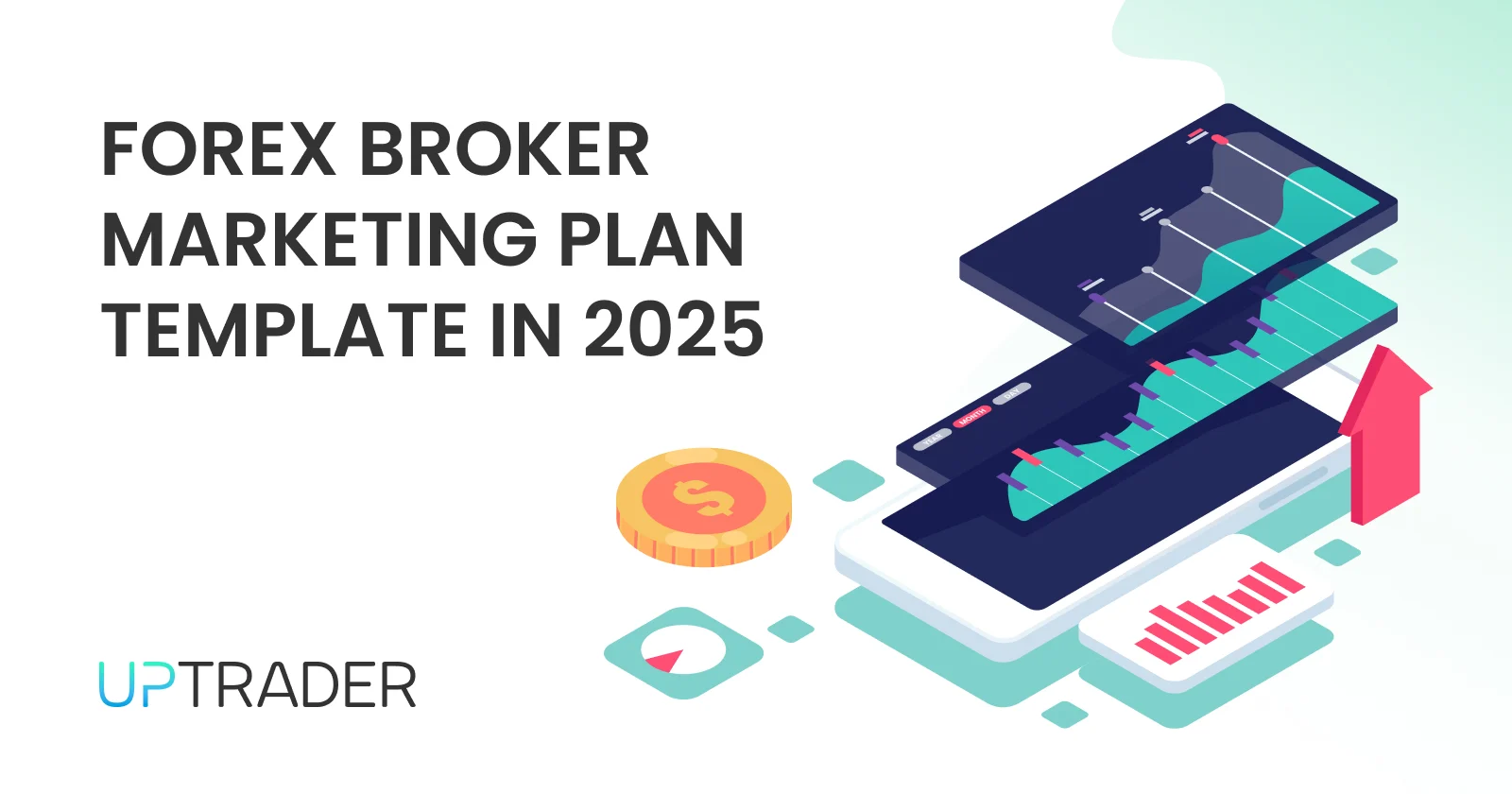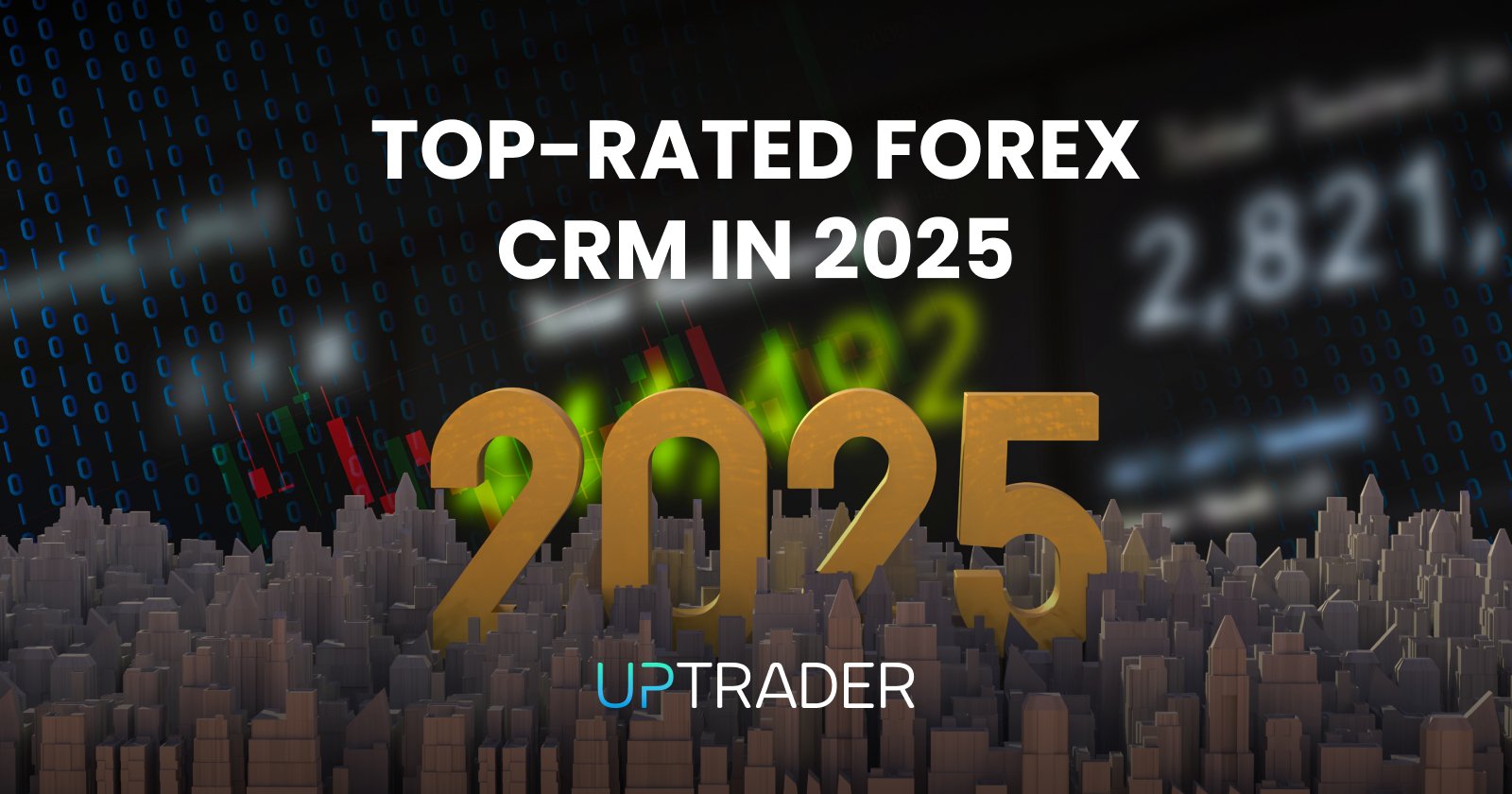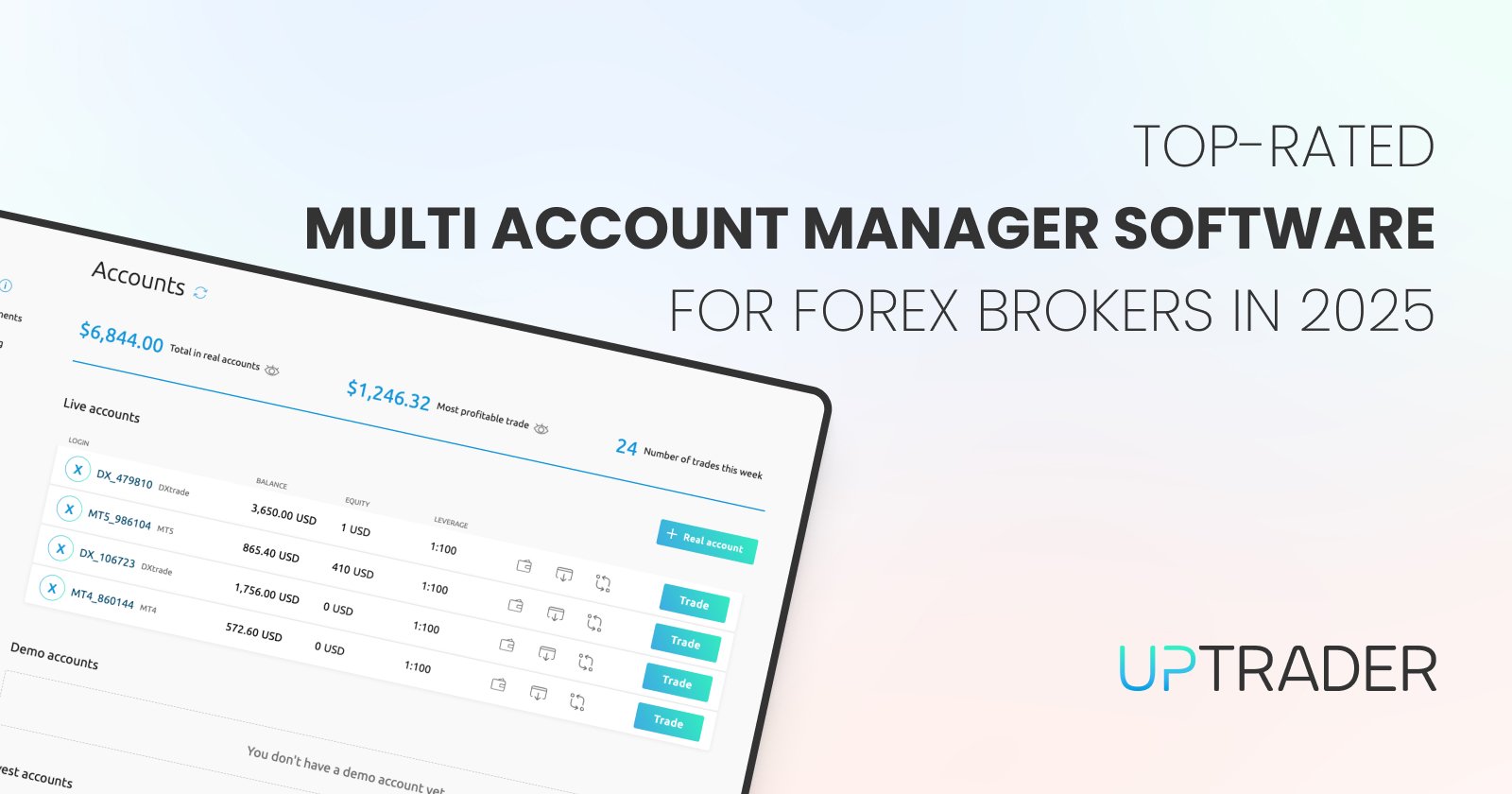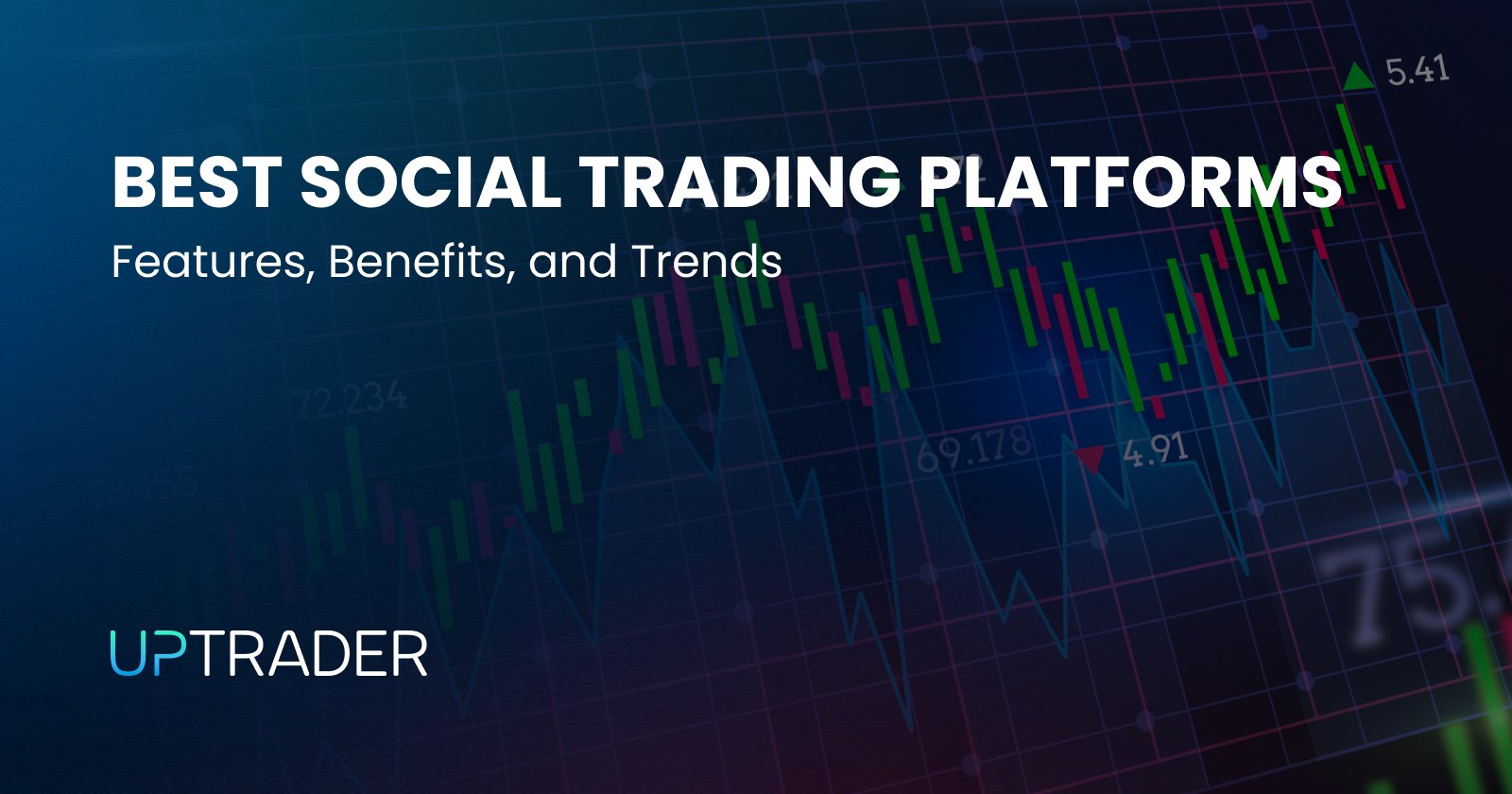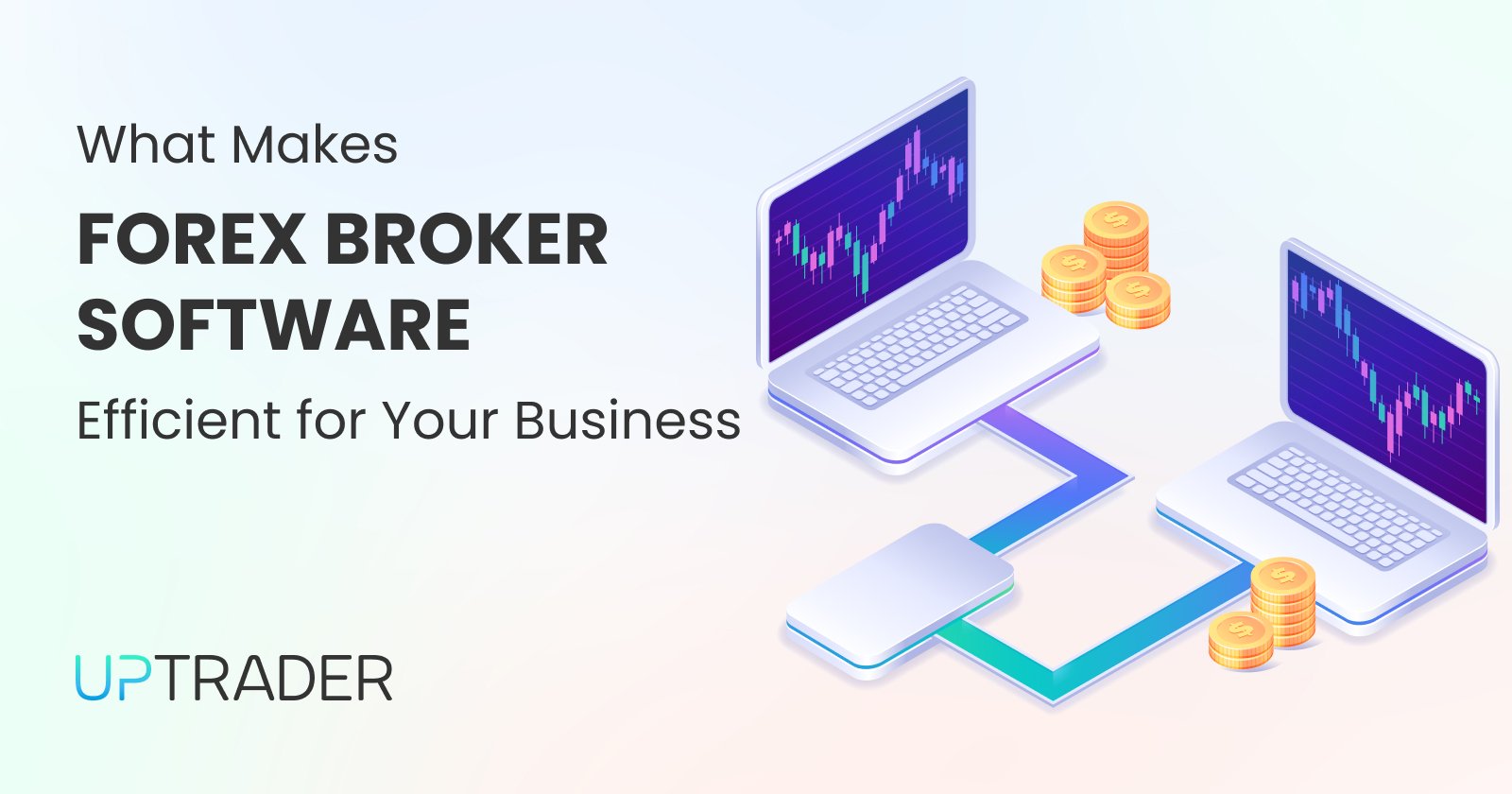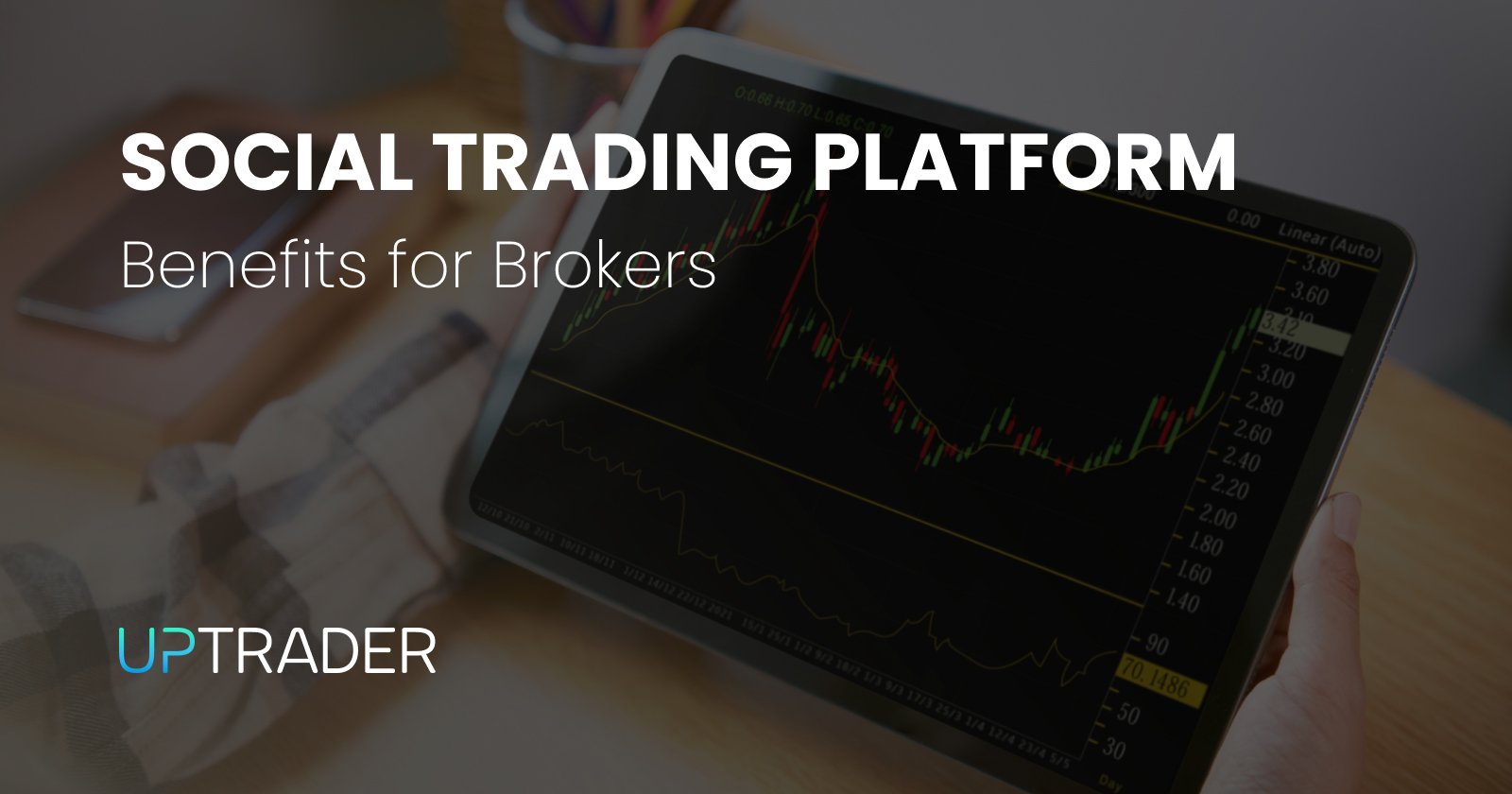
Social Trading Platform: Benefits for Brokers
Blending social media with trading presents enormous possibilities in the realm of finance and social trading platform is the best example of it. Brokers can gain new clients and create better overall engagement, while also diversifying the revenue streams.
This article looks deeper into social trading platforms overviews, the qualities of the best social trading platforms, and most importantly, the value propositions offered to brokers from improving customer retention to availing Forex social trading services.
What is a Social Trading Platform?
Social trading platform is an ecosystem, which facilitates traders to share concepts, techniques, and even live trades among each other. Social trading software is a more advanced form of trading system as it enables users to view the portfolios, as well as performance metrics of seasoned traders, allowing them to even copy their trades. The functionality to copy or mirror trades is referred to as copy trading, which is a form of advanced trading tools that are fully integrated into the platform.
Traders from all over the globe are engaging with each other on social trading software beyond just replicating trades. The best social trading platforms are now providing interactive newsfeeds and discussion forums, as well as training resources, performance charts, etc. In addition to showing historical performance data, some of the real top social trading platforms also have the enabled protective risk management features that prevent both the follower and the signal provider.
Key Features of Leading Social Trading Platforms
Automated Copy Trading and Mirror Trading
One of the primary features is automated copy trading. With a click of a button, novice traders can replicate the moves of successful traders. In mirror trading, the platform automatically replicates every trade of a chosen strategy, ensuring that followers receive real-time signals. This automated process reduces the learning curve for less experienced investors, while brokers benefit from higher trading volumes and increased client activity.
Integrated Social Trading Tools
Top-tier social trading software comes equipped with a suite of social trading tools that allow users to communicate, share insights, and even rate the performance of various traders. Features such as live chat, discussion boards, and performance leaderboards create a community environment. Brokers who incorporate these social tools into their platforms foster a sense of belonging and engagement among their clients.
Advanced Charting and Analytical Capabilities
High-quality social trading platforms also offer advanced charting tools and real-time analytics. These features allow both signal providers and followers to make data-driven decisions. Brokers can leverage these analytical capabilities to demonstrate transparency and to help traders understand market trends. This level of transparency builds trust and encourages greater client participation.
Risk Management and Customization
Modern social trading software includes robust risk management features. For example, proportional copying tools enable a trader to follow high-capital strategies with smaller investments, thereby mitigating the risk of overexposure. Brokers can set customizable risk parameters and fee structures, ensuring that each client’s experience is tailored to their specific needs. This flexibility helps in retaining clients and attracts a broader audience, including those interested in Forex social trading.
Multi-Platform Support
The best social trading platforms are not limited to a single device or operating system. They are designed to be fully compatible with both desktop and mobile applications, ensuring that traders can monitor and manage their portfolios from anywhere. For brokers, this cross-platform functionality means they can serve a wider audience—from professional traders to those who prefer trading on-the-go.
Benefits for Brokers
Implementing a social trading platform offers several distinct benefits for brokers. Here are the primary advantages:
1. Attracting a Wider Client Base
Social trading platforms lower the entry barrier for novice traders. Because these platforms allow users to learn by watching experienced traders, they attract individuals who might otherwise be intimidated by the complexities of traditional trading. For brokers, this means tapping into a new market segment of beginners who are looking for a guided, community-based trading experience.
Moreover, many investors are now seeking the benefits of Forex social trading—a method that combines the high liquidity of the forex market with the transparency and collaborative features of social platforms. By offering access to the best social trading platforms, brokers can attract clients interested in this specific niche.
2. Enhancing Client Engagement and Retention
The social aspect of these platforms creates a community where traders can interact, share insights, and even debate strategies. This sense of community is a powerful retention tool. Clients who are part of an active, engaging network are more likely to stay on the platform. Brokers benefit from higher client retention rates, leading to increased trading volumes and, subsequently, greater revenue through commissions and fees.
Furthermore, when clients are actively engaged—whether through copy trading or by utilizing advanced social trading tools—they are more likely to experiment with different strategies, increase their investment sizes, and eventually upgrade to premium services. This continuous engagement is key to long-term business growth.
3. Diversifying Revenue Streams
Social trading platforms create opportunities for brokers to diversify their revenue sources. Beyond standard trading commissions, brokers can introduce performance-based fees. For instance, experienced traders who allow others to copy their trades can earn a share of the commissions generated from their followers. This incentive encourages high-performing traders to participate actively in the platform, thereby increasing overall trading activity.
Brokers can also monetize additional features—such as premium analytics, exclusive educational content, and advanced risk management tools—by offering them as subscription services. This additional layer of revenue helps brokers remain competitive in an industry where margins are continually under pressure.
4. Lower Operational Costs
By integrating social trading software into their existing systems, brokers can achieve significant operational efficiencies. Many platforms are designed to be plug-and-play solutions that require minimal IT resources for setup and ongoing maintenance. This rapid deployment of social trading features reduces the cost and time involved in developing proprietary systems from scratch.
The scalability of these platforms also means that brokers can easily manage increased trading volumes without substantial increases in overhead. As more clients join the platform and engage in automated copy trading, the incremental cost of processing each transaction is relatively low, contributing to better economies of scale.
5. Strengthening Brand Differentiation
In a competitive market, offering a state-of-the-art social trading platform can be a major differentiator. Clients today are not just looking for low spreads or fast execution—they also value transparency, ease of use, and community engagement. By providing a seamless and customizable social trading experience, brokers can position themselves as innovative market leaders.
This differentiation is particularly important for brokers targeting a younger demographic, including Millennials and Gen Z, who are more accustomed to digital and social experiences. A broker that effectively integrates social trading tools and Forex social trading capabilities into its service offering is likely to stand out and attract these tech-savvy investors.
6. Facilitating Learning and Skill Development
Social trading platforms serve as educational tools by allowing clients to observe and learn from experienced traders. Brokers that offer these platforms can market them not only as trading tools but also as learning environments. The transparent sharing of trading strategies and performance metrics helps less experienced traders build confidence and improve their skills over time.
As clients become more proficient, they are likely to increase their trading volumes and explore more complex strategies, benefiting both their portfolios and the broker’s revenue. This educational aspect further strengthens client loyalty and supports long-term engagement.
7. Expanding into Forex Social Trading
For brokers operating in the highly liquid forex market, social trading platforms offer an especially attractive proposition. Forex social trading allows clients to benefit from the vast volume and volatility of the forex market while relying on the expertise of seasoned traders. Brokers can leverage this by offering specialized Forex social trading platforms that integrate advanced charting tools, real-time analytics, and risk management features.
This specialized offering not only attracts traders interested in forex but also positions the broker as a comprehensive provider of diversified trading solutions. As forex trading remains a dominant part of the global financial market, the ability to offer both traditional and social trading options becomes a significant competitive advantage.
Conclusion and Final Thoughts
Social trading platforms are more than just technological innovations; they represent a paradigm shift in how trading services are delivered. For brokers, the benefits are multifaceted. By embracing social trading, brokers can attract a wider and more diverse client base, enhance client engagement through community-driven features, and diversify revenue streams with performance-based fees. Furthermore, these platforms allow brokers to offer specialized solutions such as Forex social trading, meeting the demands of an increasingly digital and interconnected market.
The integration of advanced social trading software and tools not only simplifies the trading process for clients but also provides brokers with the operational efficiency needed to remain competitive. From automated copy trading and mirror trading to sophisticated risk management and cross-platform support, the best social trading platforms empower brokers to offer a seamless and customizable trading experience.
UpTrader gives you all the options, customizability, and support that you require from a single asset via Forex social trading to a multi-asset platform.
Get in touch with a consultant now so that we can show you how to penetrate the social market and bring your business to new heights.





